![stanwyckblogathon1[1]](http://www.filmnoirblonde.com/wp-content/uploads/2013/07/stanwyckblogathon11.jpg) Very few actresses truly deserve accolades like stellar, peerless, magnificent and amazing. Barbara Stanwyck, who had a stage, film and TV career spanning more than 50 years, is surely one of that select group. She might have cringed at such lofty praise, however, referring to herself as “a tough old broad from Brooklyn.”
Very few actresses truly deserve accolades like stellar, peerless, magnificent and amazing. Barbara Stanwyck, who had a stage, film and TV career spanning more than 50 years, is surely one of that select group. She might have cringed at such lofty praise, however, referring to herself as “a tough old broad from Brooklyn.”
Adjectives aside, Stanwyck stands out for the range of parts she played, her discipline as an artist, and the subtlety and strength of her performances. That’s why I was so pleased when Aubyn at The Girl with the White Parasol let me join this month’s Barbara Stanwyck Blogathon, which runs through July 22.
For my contribution, I’m highlighting a fluffy detail from the great “Double Indemnity” (1944): Phyllis Dietrichson’s tawdry blonde wig. The piece also includes some observations from master director Billy Wilder on working with Barbara – born Ruby Catherine Stevens on July 16, 1907, and later nicknamed Babs, Missy and The Queen. She still rules today.
On Phyllis Dietrichson’s wig: Looking through some photos the other day, I noticed how often I lost the fight with my fine, curly hair and let it go wild (left). Not every day can be a good hair day.
If I ever need assurance that every femme fatale has a styling glitch from time to time, I look at Barbara Stanwyck’s awful wig in “Double Indemnity,” a quintessential noir from 1944, directed by Billy Wilder.
Paramount production head Buddy DeSylva said of the stiff blonde ’do, “We hired Barbara Stanwyck and here we get George Washington.”
It also reminded me that it had been ages since I’d looked at my copy of “Conversations with Wilder” by Cameron Crowe, published in 1999. Of course, I flipped right to Wilder’s answer to Crowe’s question about the direction given to Barbara Stanwyck in “Double Indemnity” for the silent shot on her face while the murder is occurring.
Said Wilder: Sure, that was a highly intelligent actress, Miss Stanwyck. I questioned the wig, but it was proper, because it was a phony wig. It was an obviously phony wig. And the anklet – the equipment of a woman, you know, that is married to this kind of man. They scream for murder.
Yeah, naturally we rehearsed this thing. But I rehearsed it with her once or twice, that’s the maximum, and it was not that much different from the way she would have done it. She was just an extraordinary woman. She took the script, loved it, right from the word go, didn’t have the agent come and say, “Look, she’s to play a murderess, she must get more money, because she’s never going to work again.”
With Stanwyck, I had absolutely no difficulties at all. And she knew the script, everybody‘s lines. You could wake her up in the middle of the night and she’d know the scene. Never a fault, never a mistake – just a wonderful brain she had.
Crowe asked if the part had been written for Stanwyck. Wilder said: Yeah. And then there there was an actor by the name of Fred MacMurray at Paramount, and he played comedies. Small dramatic parts, big parts in comedies. I let him read it, and he said, “I can’t do that.” And I said, “Why can’t you?” He said, “It requires acting!” [Laughs.] I said, “Look, you have now arrived in comedy, you’re at a certain point where you either have to stop, or you have to jump over the river and start something new.” He said, “Will you tell me when I’m no good?” [He nods: a partnership is born.] And he was wonderful because it’s odd casting.
Paramount image of “Double Indemnity”

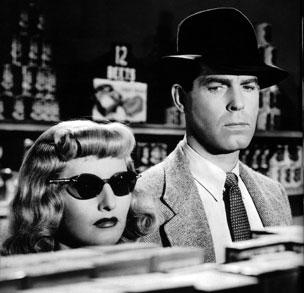





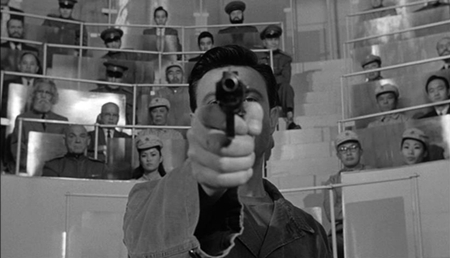
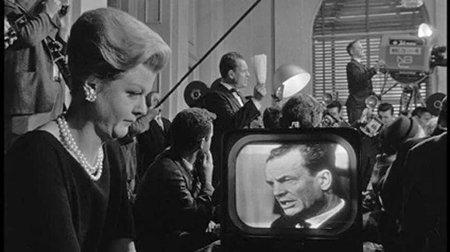
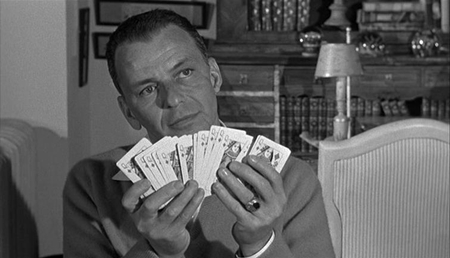
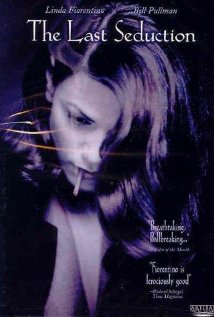
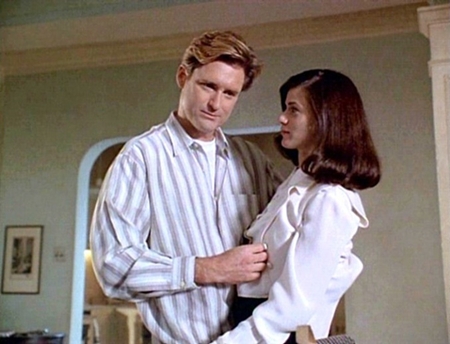
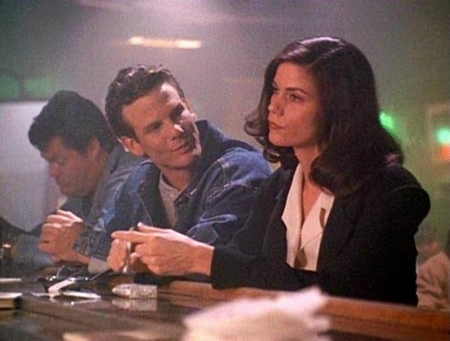
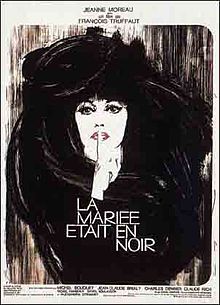
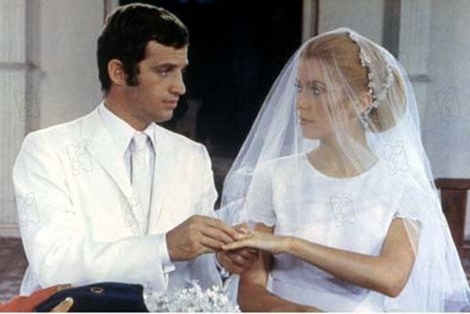
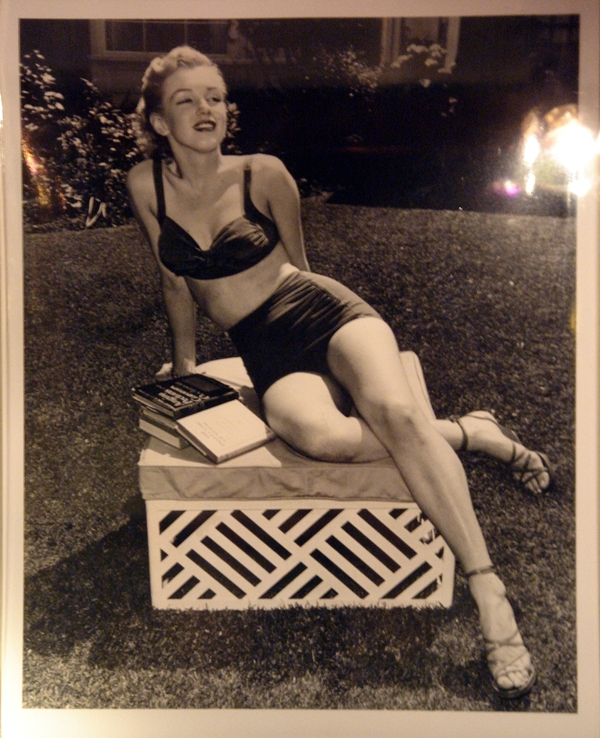
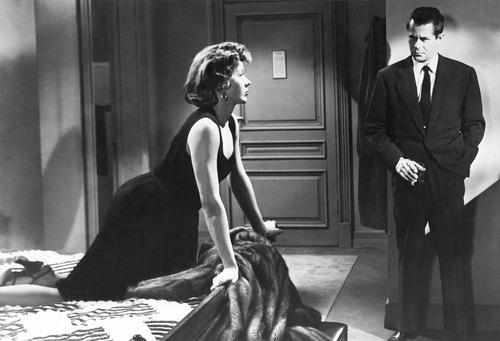
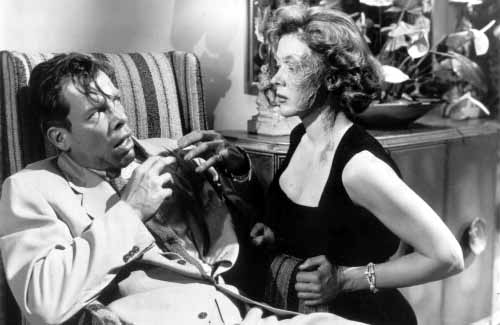
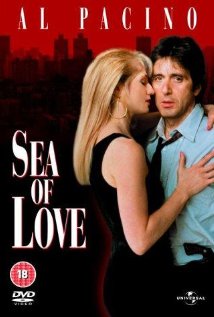
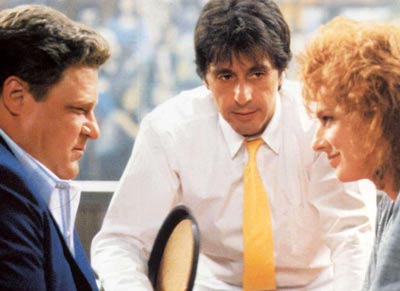

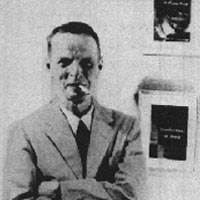
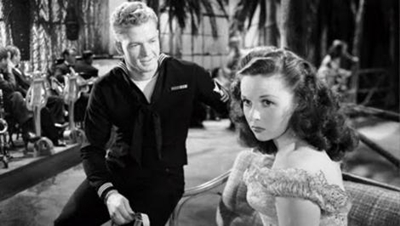
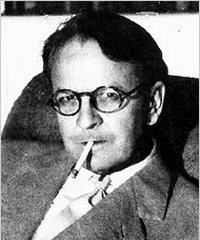
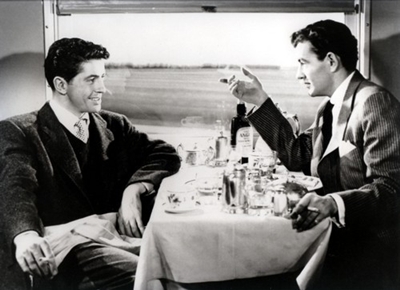
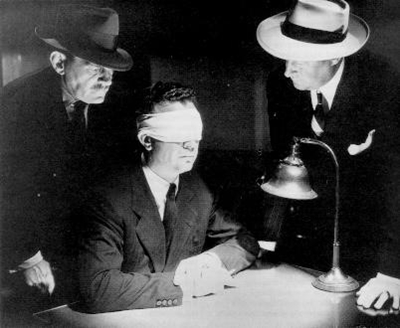
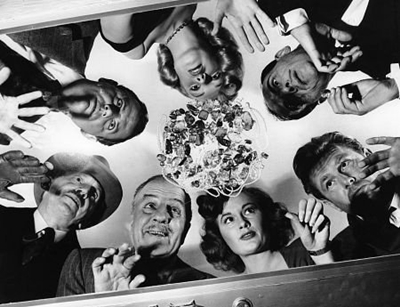

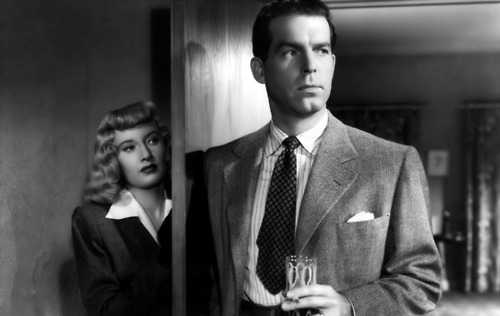
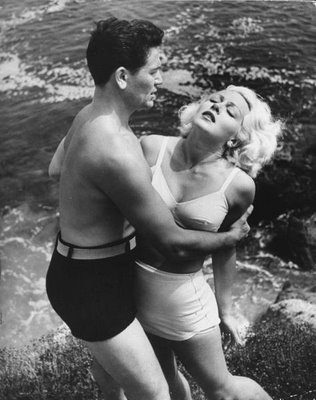





From FNB readers